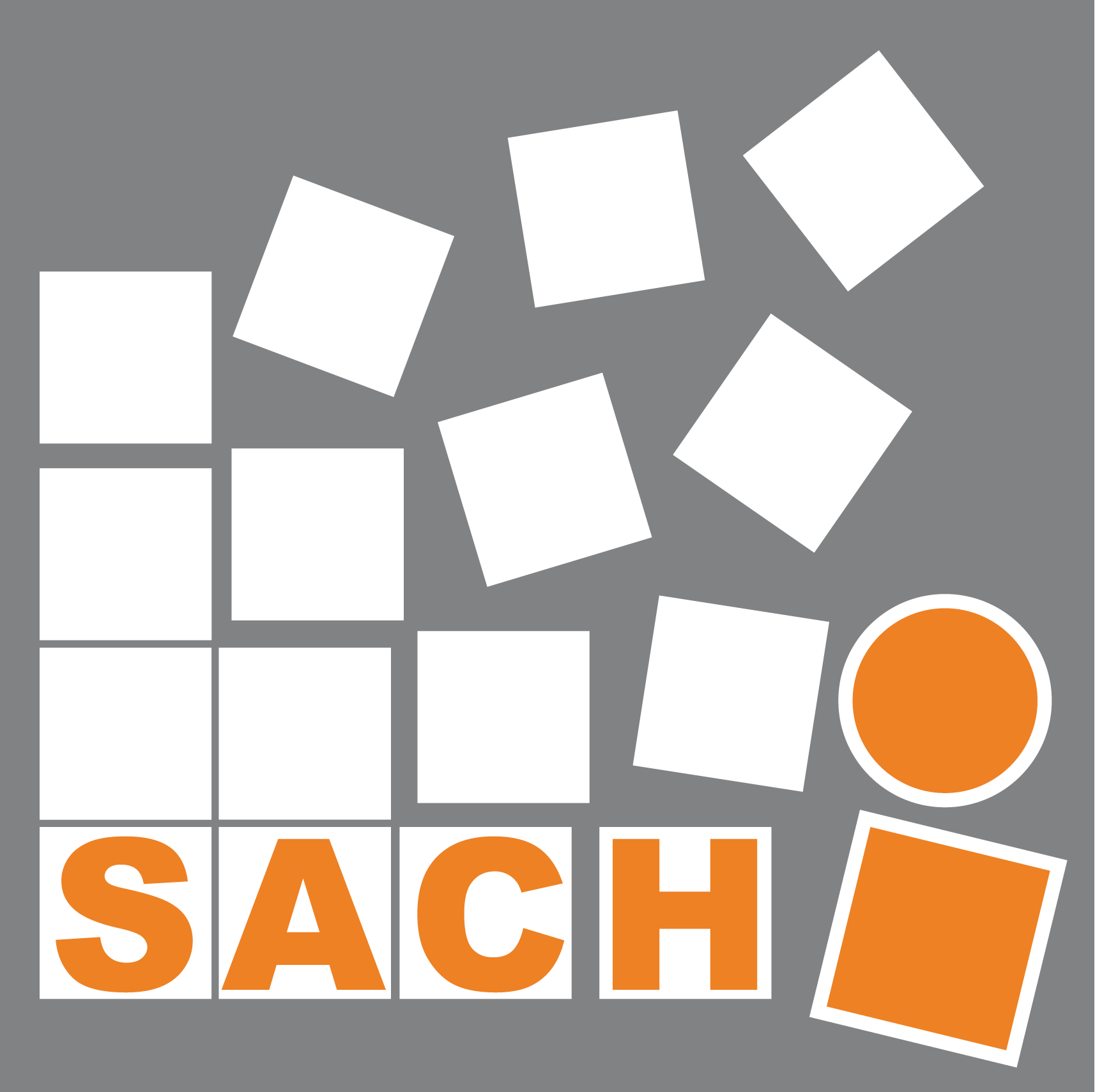 <!–Speaker: Neil Hurley, University College Dublin, Ireland
<!–Speaker: Neil Hurley, University College Dublin, Ireland
Date/Time: 1-2pm May 16h, 2011
Location: 1.33a Jack Cole, University of St Andrews (directions)–>
Note: This seminar is organised by both SACHI and the Systems Group
Abstract:
The Clique research group in University College Dublin is focused on the analysis and visualisation of social networks. Computer scientists and computational statisticians are working together on problems including community-finding in social networks, influence propagation and detection of anomalous structure in networks. Research is driven by the analysis of large-scale networks provided by industrial partners, in particular, networks of mobile phone-calls containing more than a million nodes and tens of millions of links. In this talk, I will focus primarily on the community-finding problem, discussing initially the structure of real-world networks and on how this impacts on the communities that likely to be found in such networks. I will argue that the view of social networks as consisting of well-separated communities connected by weak links does not hold in many real-world networks and I will introduce algorithms that we have developed to detect overlapping community structure in networks with pervasive overlapping community structure.
About Neil:
Neil J. Hurley received an M.Sc. in mathematical science from University College Dublin (UCD), Dublin, Ireland, in 1988. In 1989, he joined Hitachi Dublin Laboratory, a computer science research laboratory at the University of Dublin, Trinity College,from which he received the Ph.D. degree in 1995, for his work in knowledge-based engineering and high-performance computing. He joined the academic staff of UCD in 1999 where his present research activities lie in the areas of large-scale network analysis, robust information retrieval and data-hiding.







